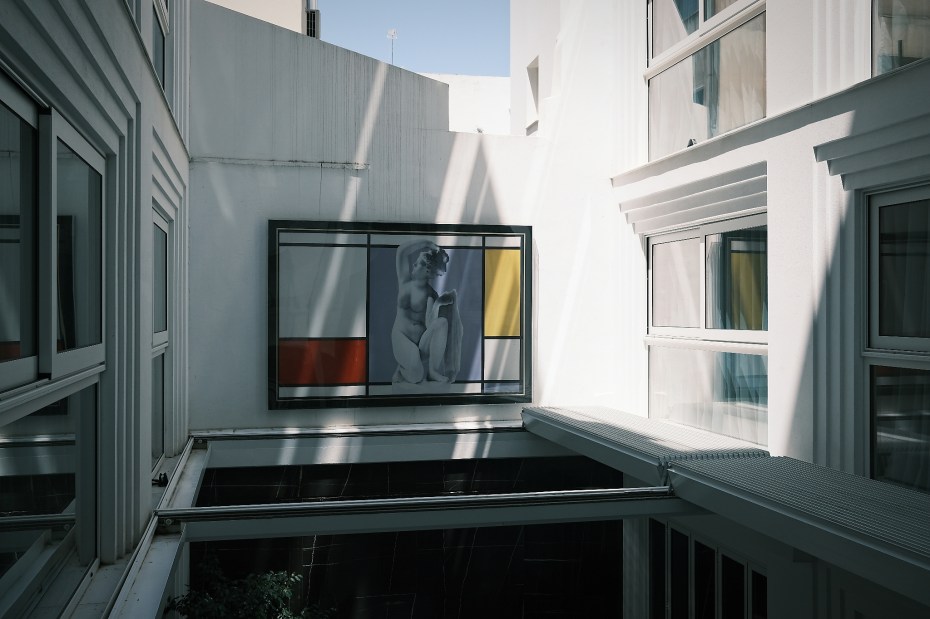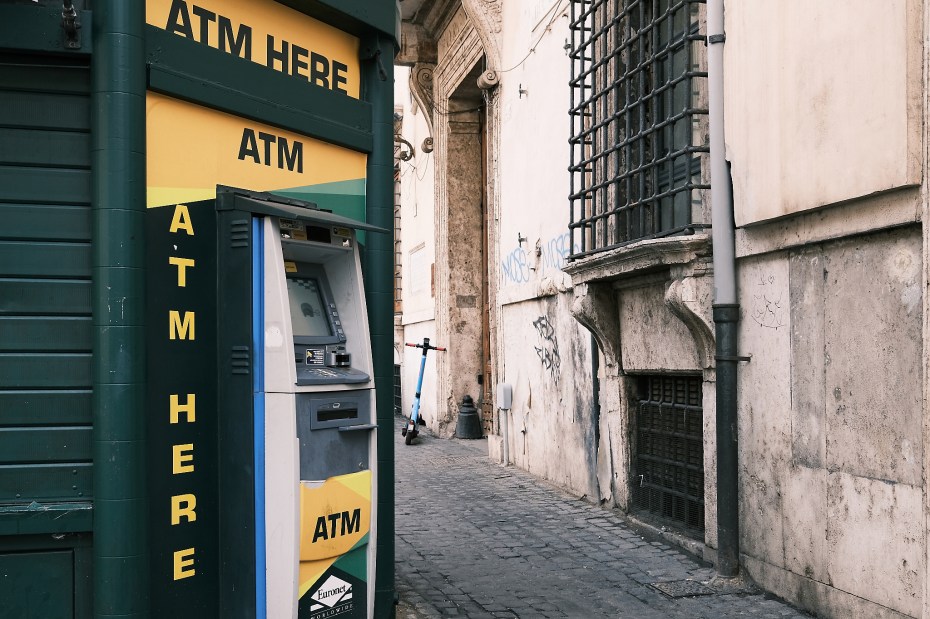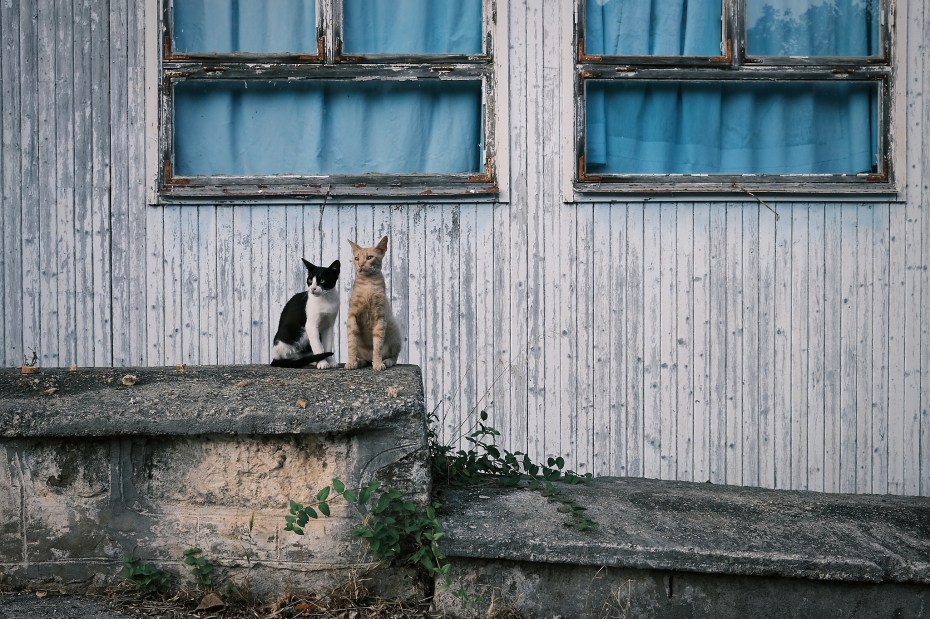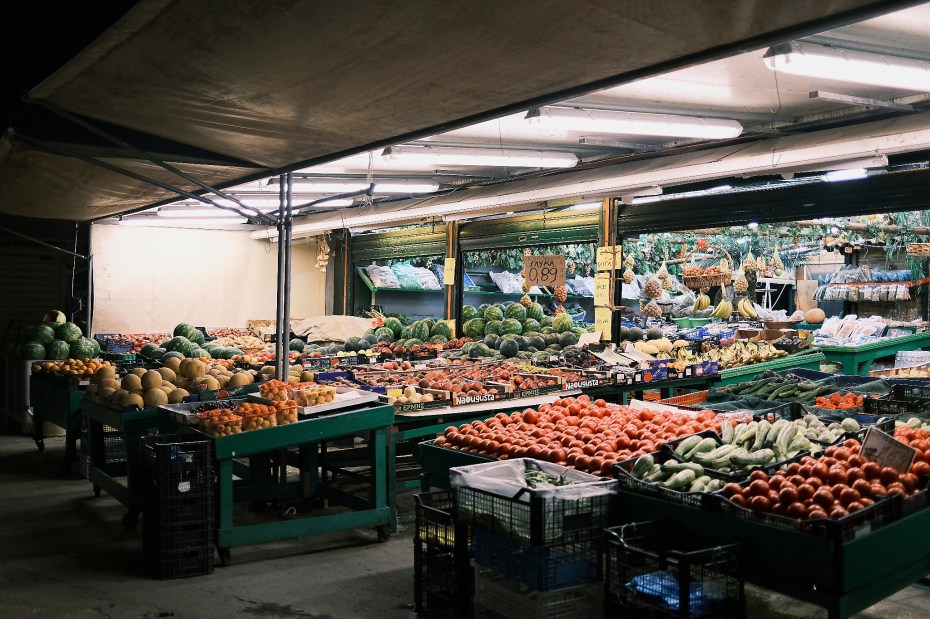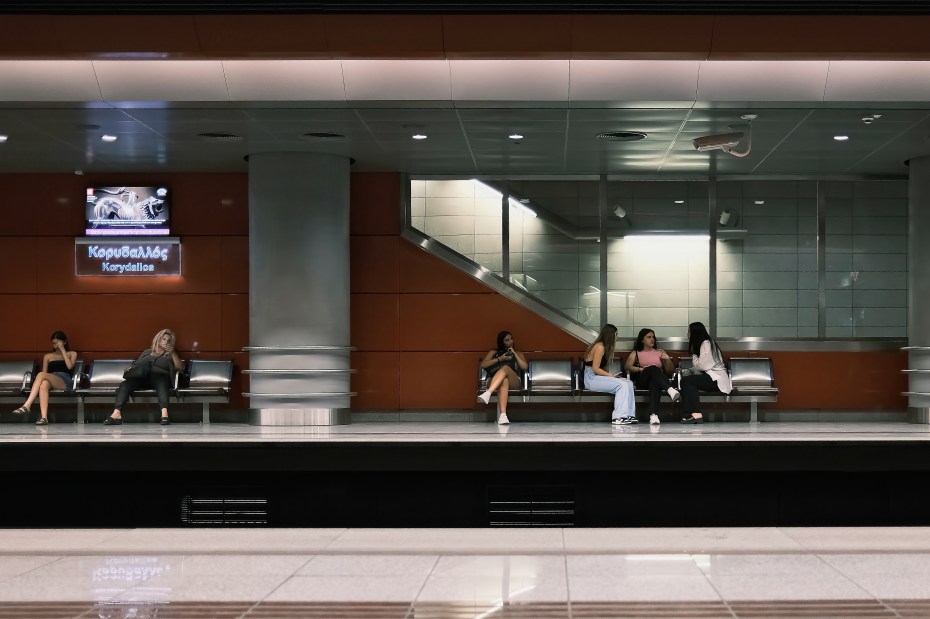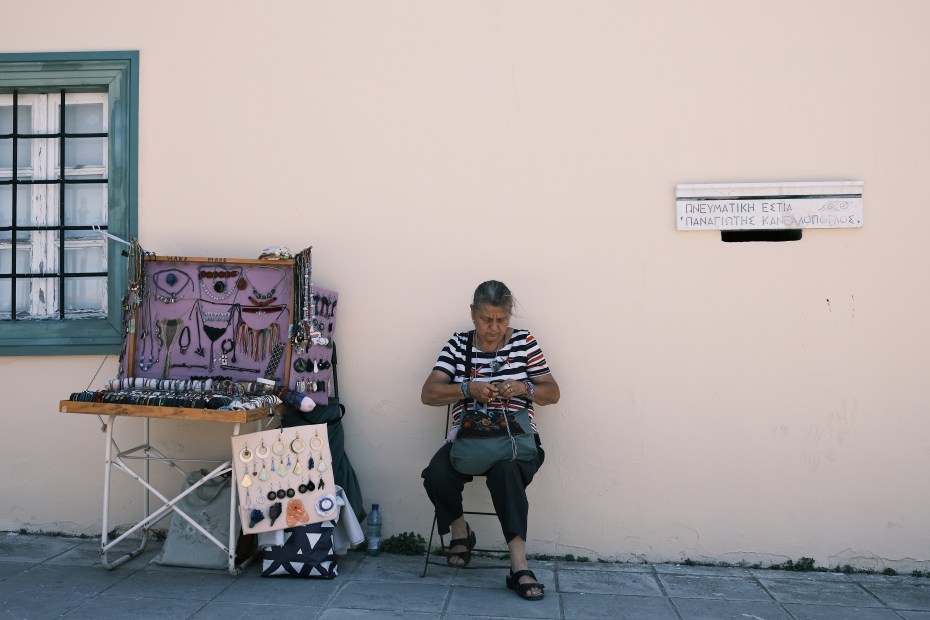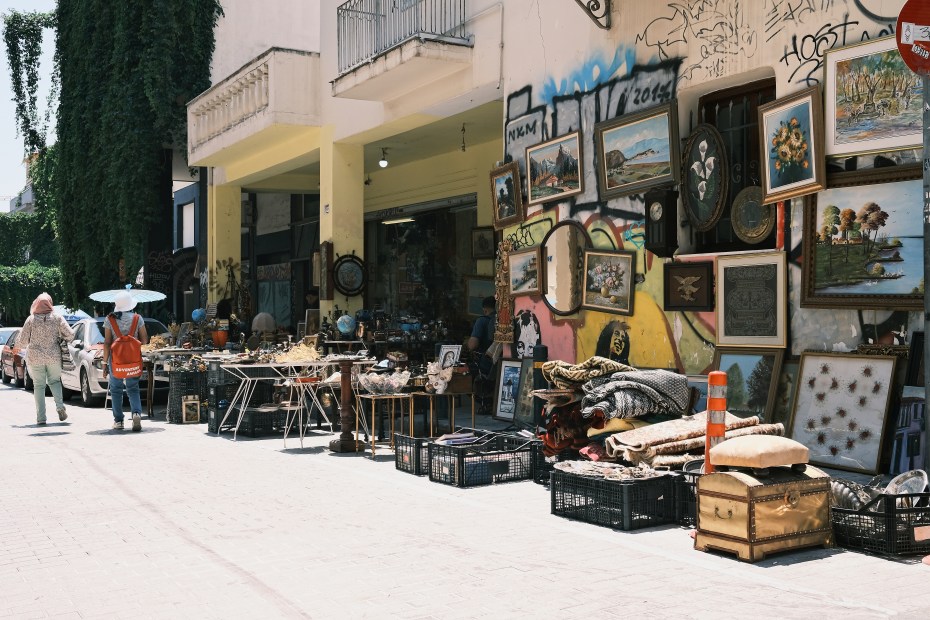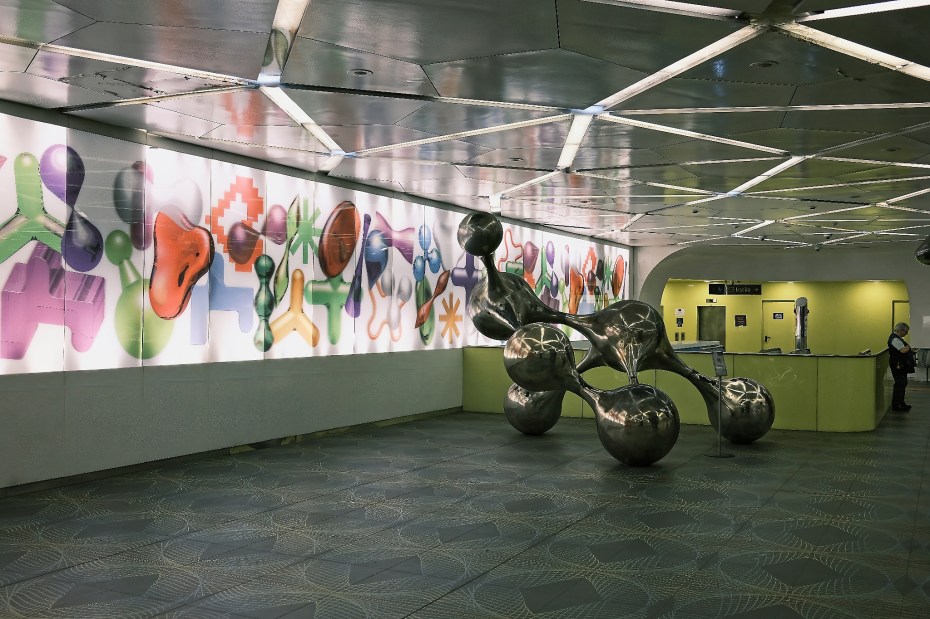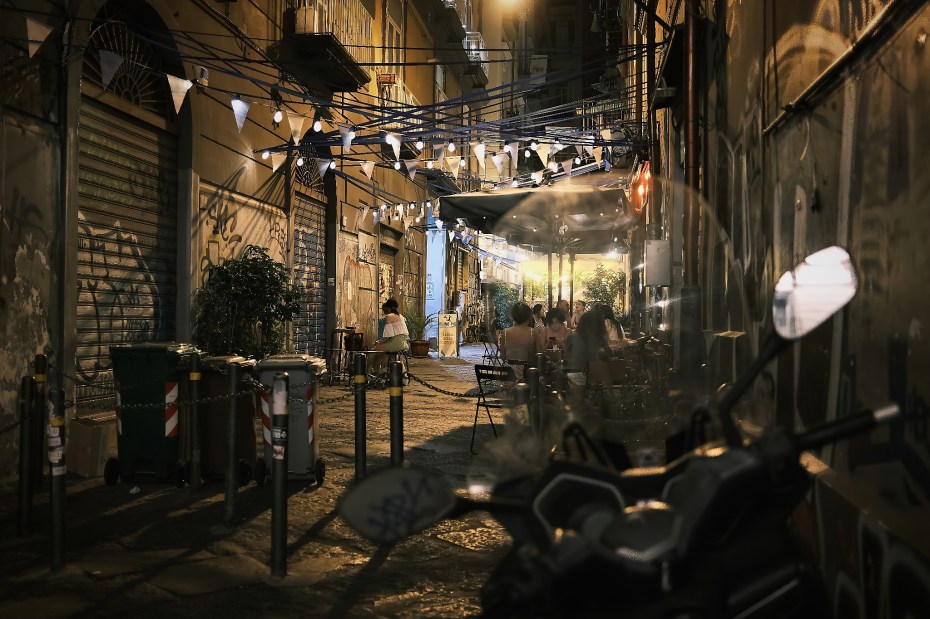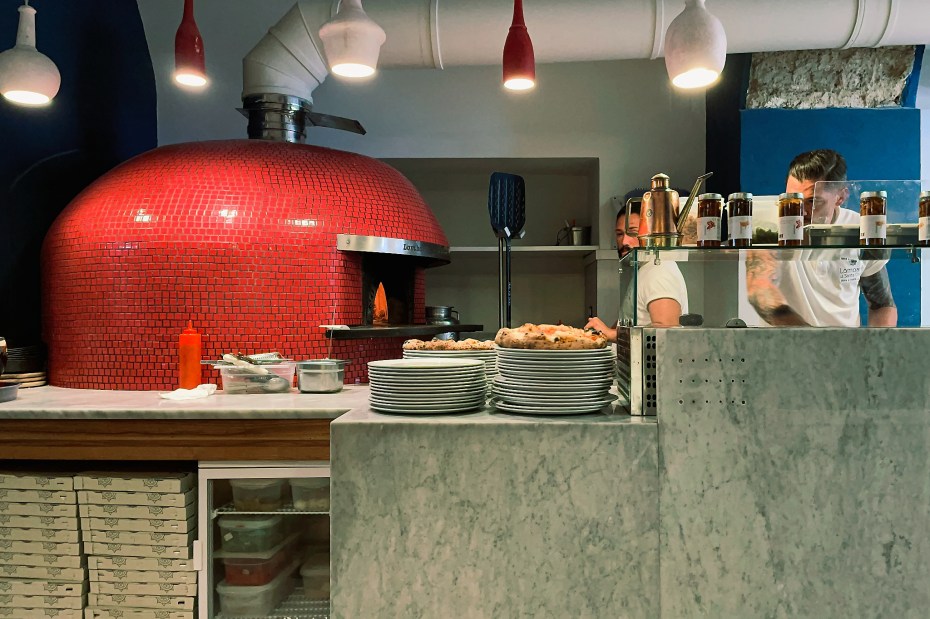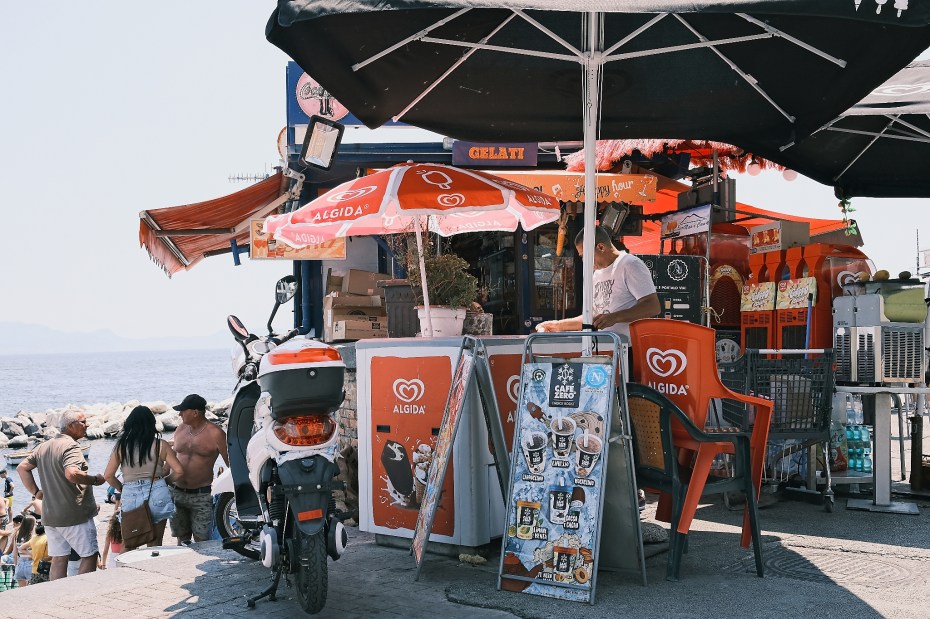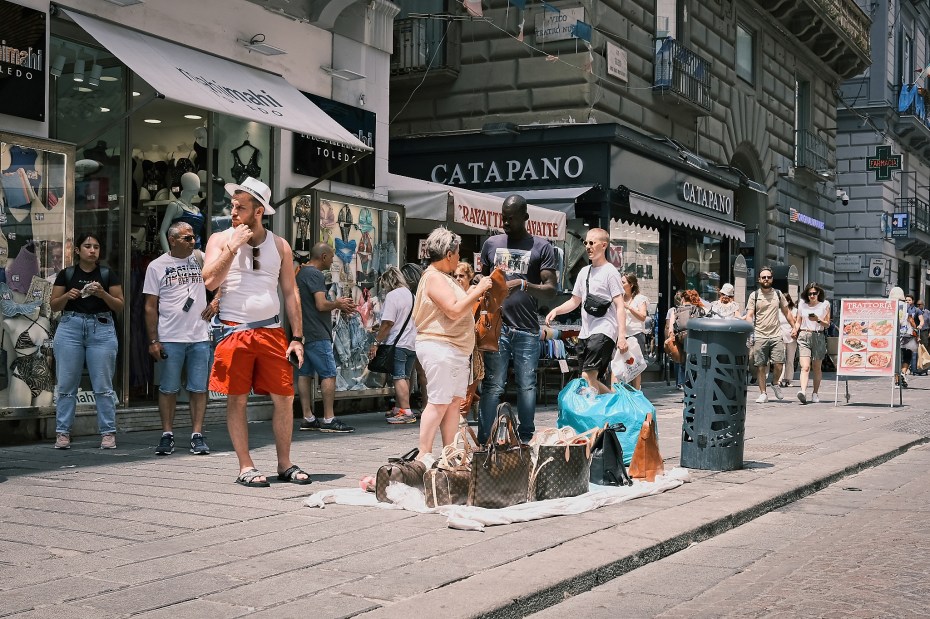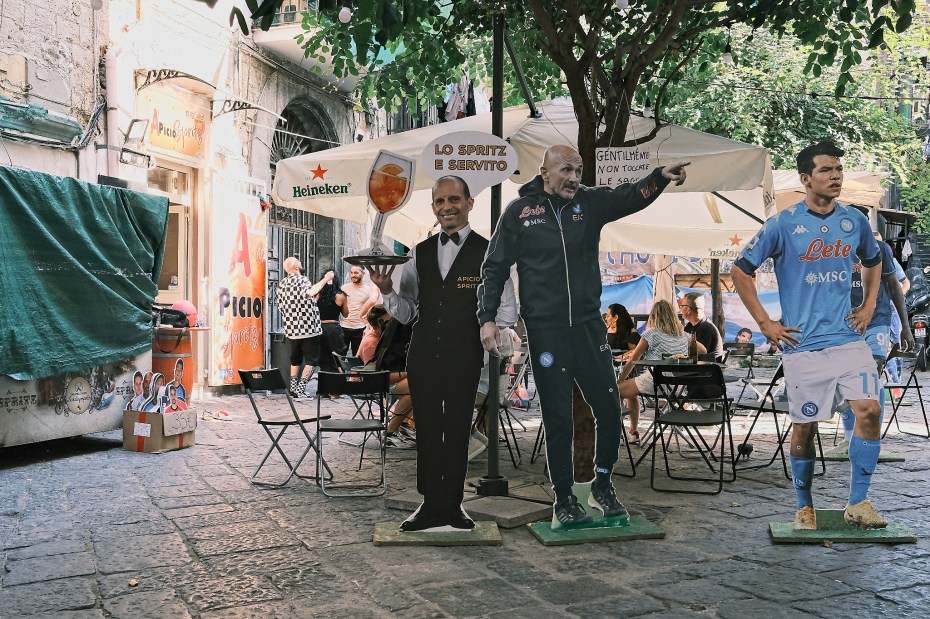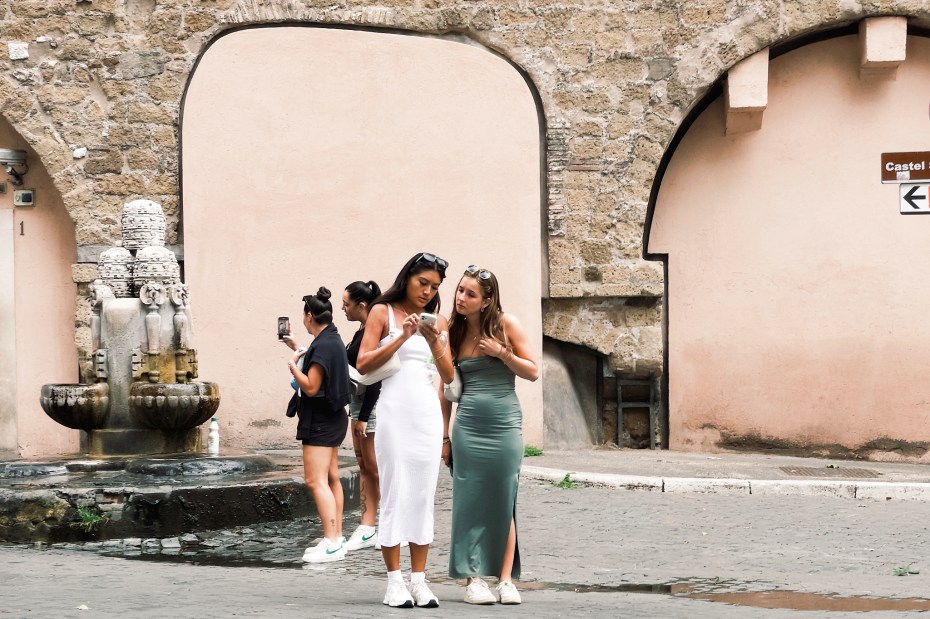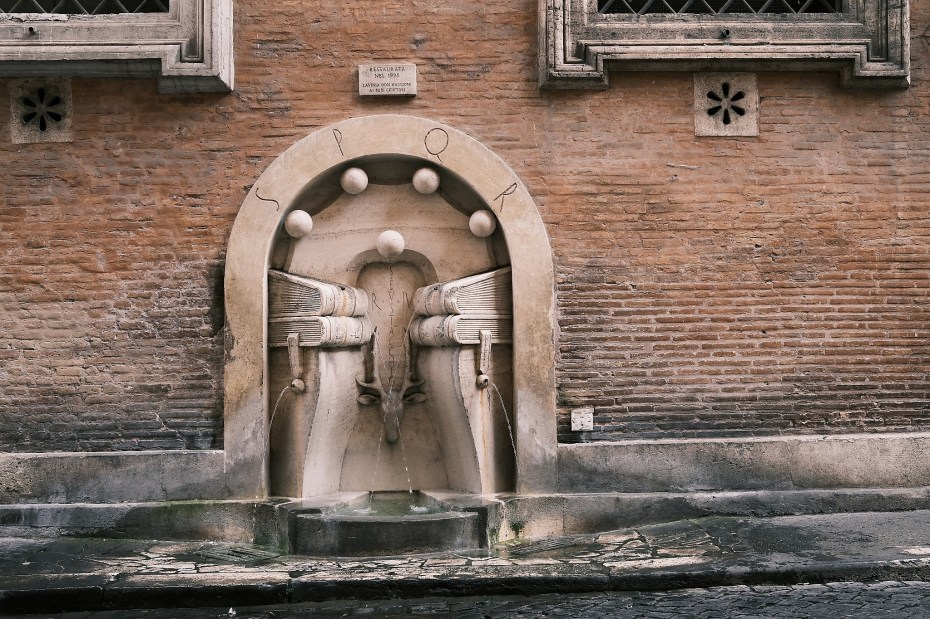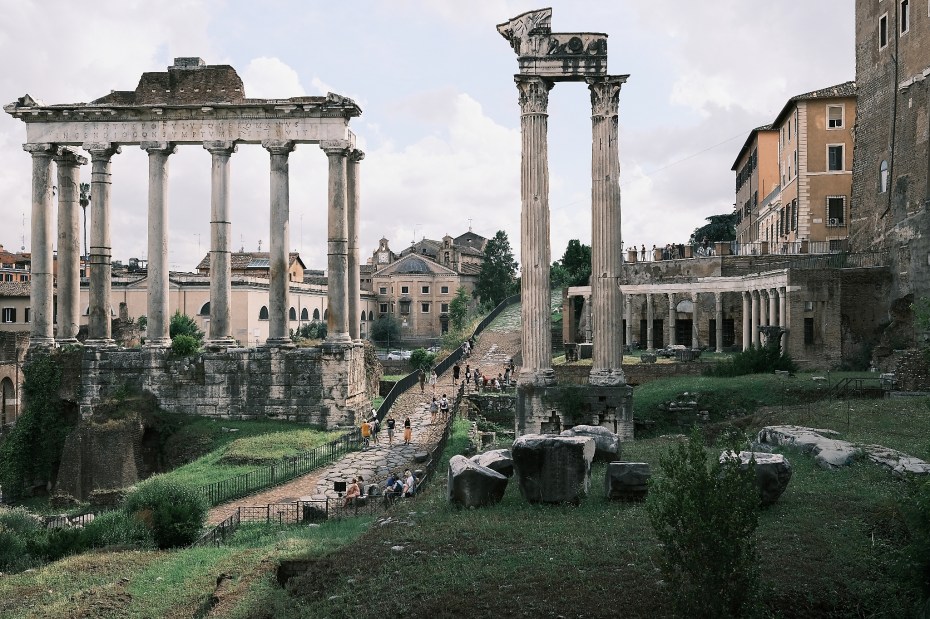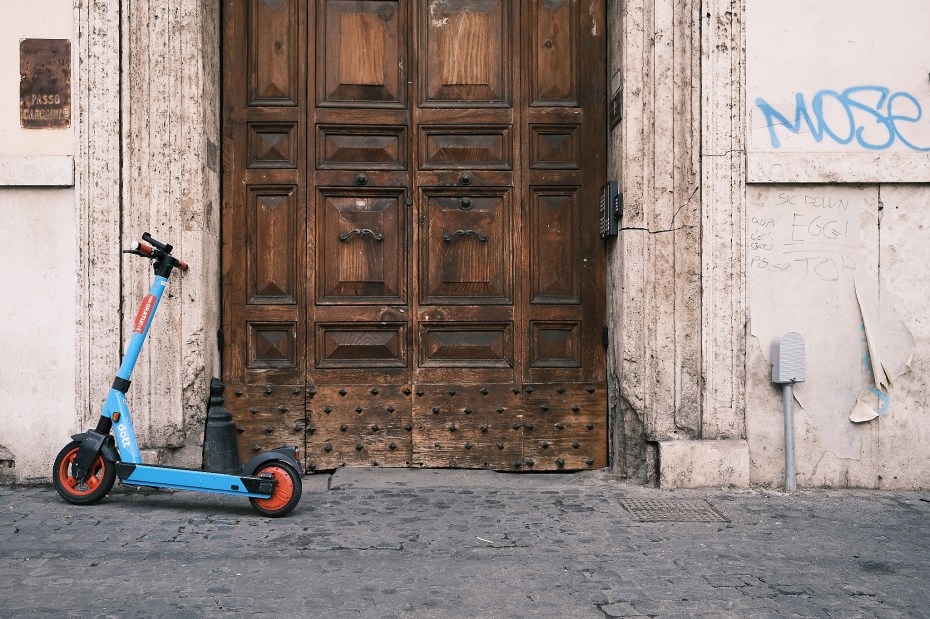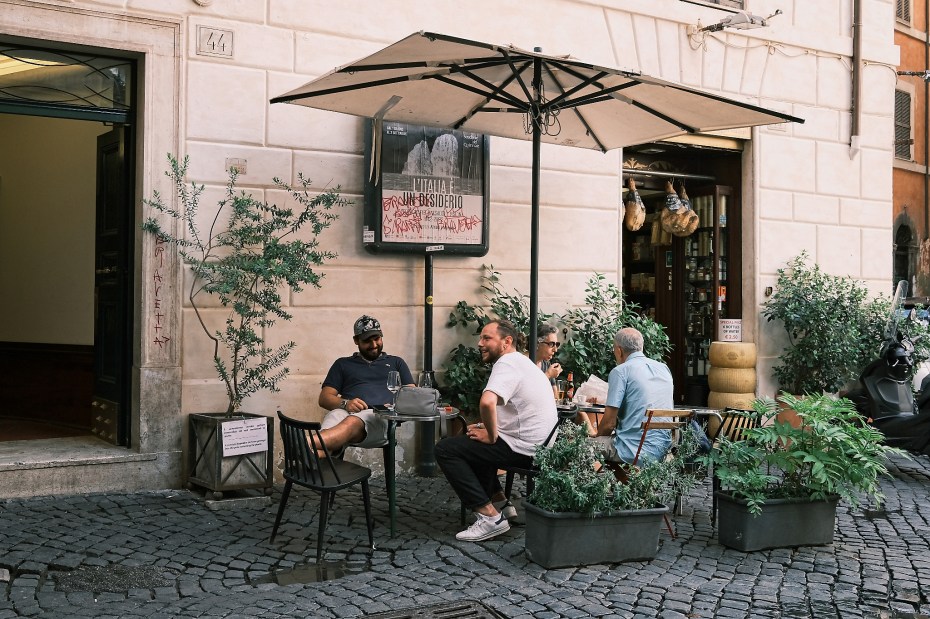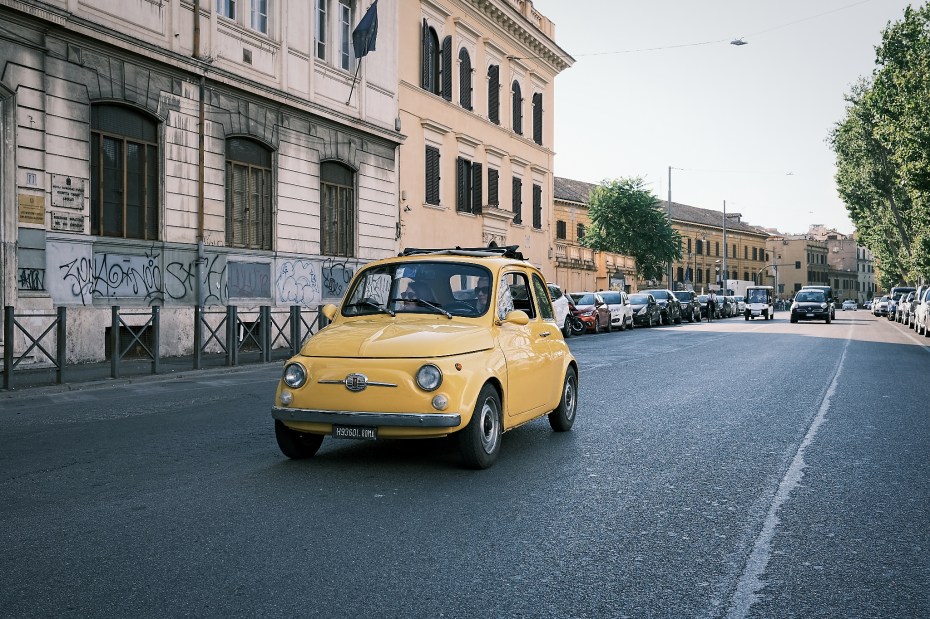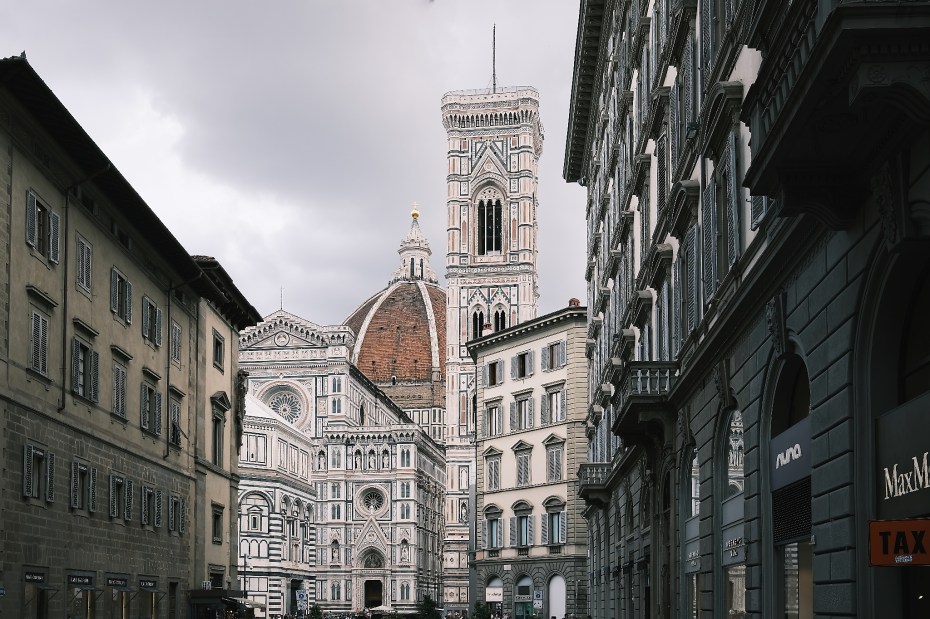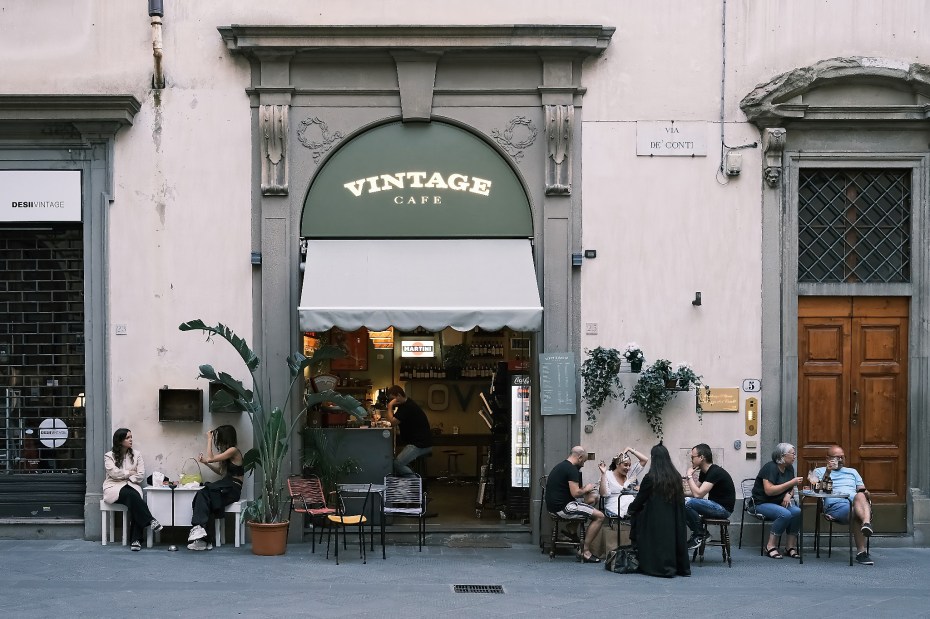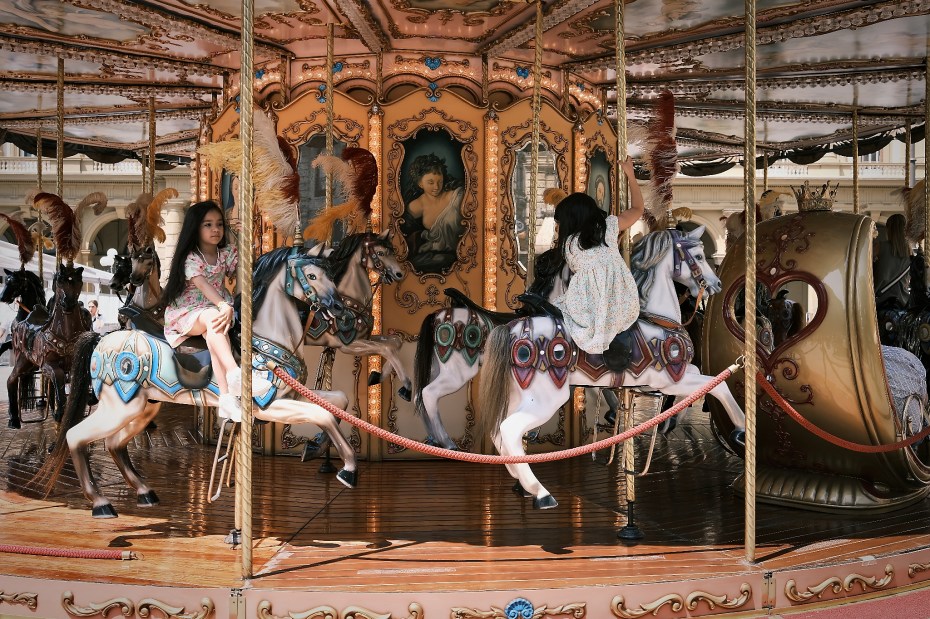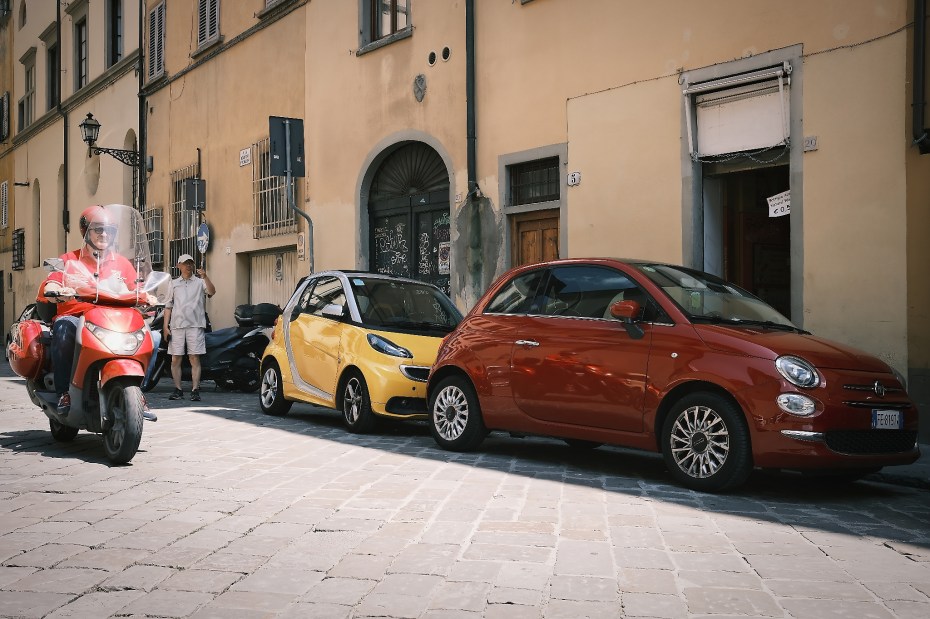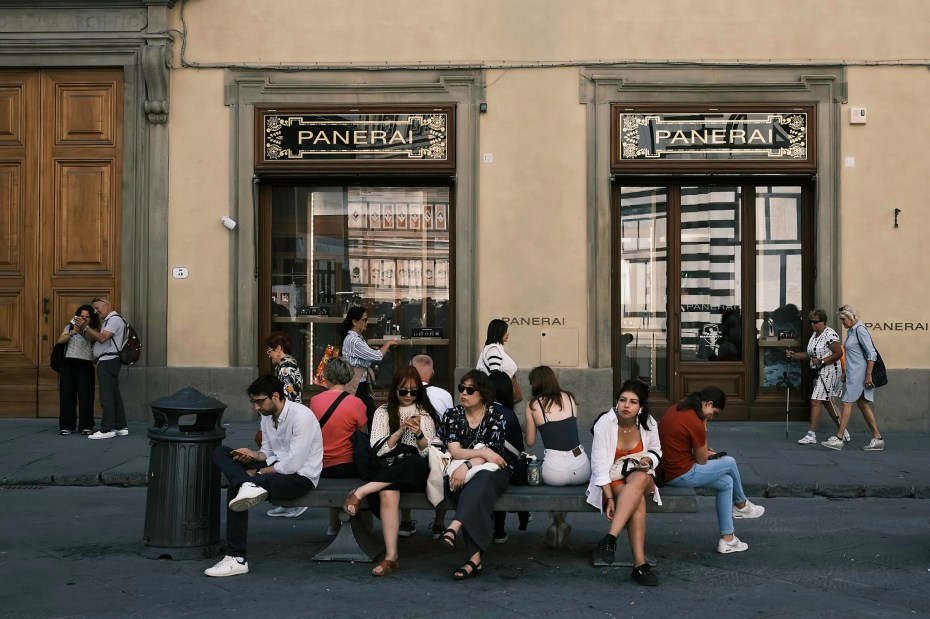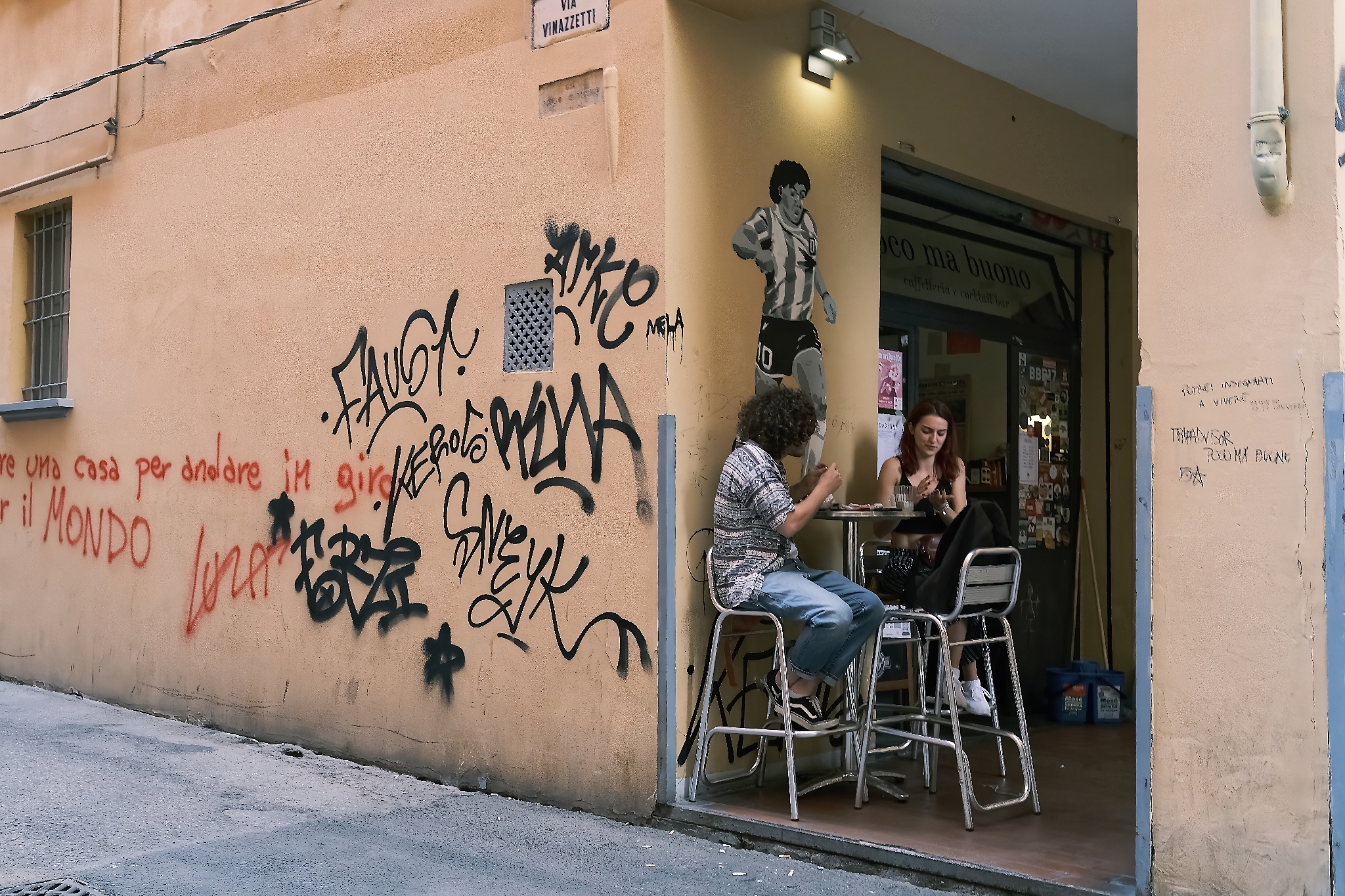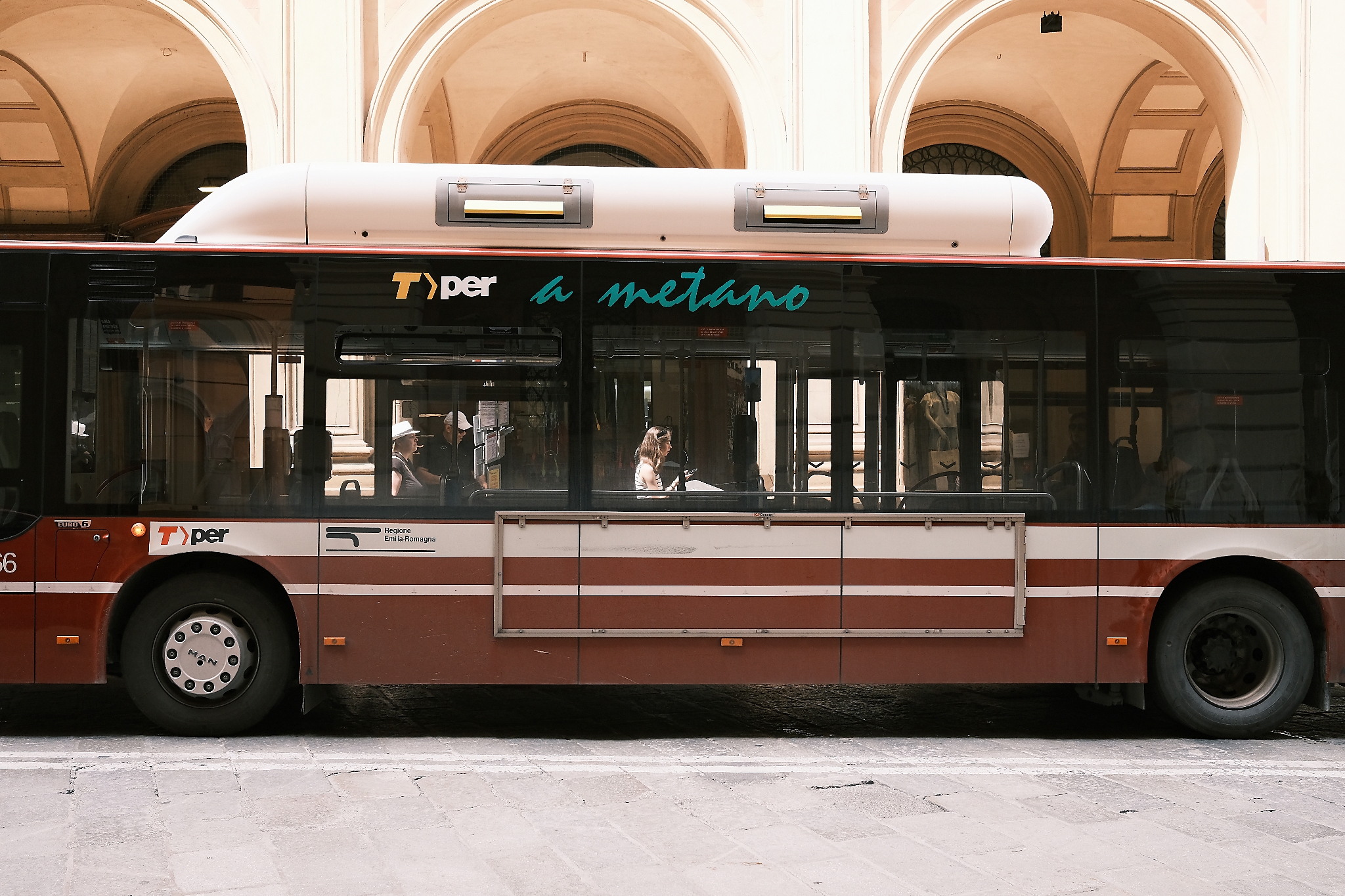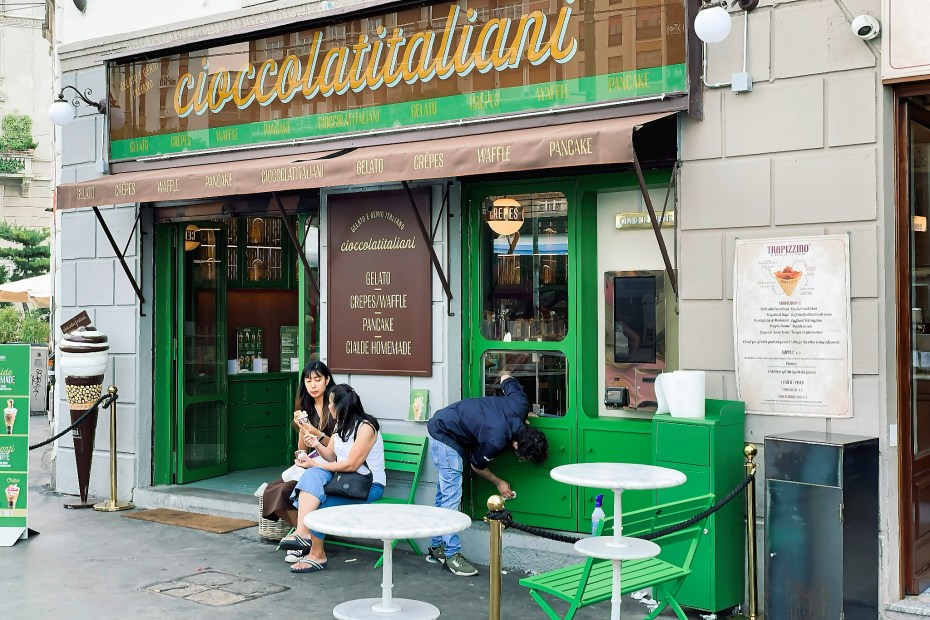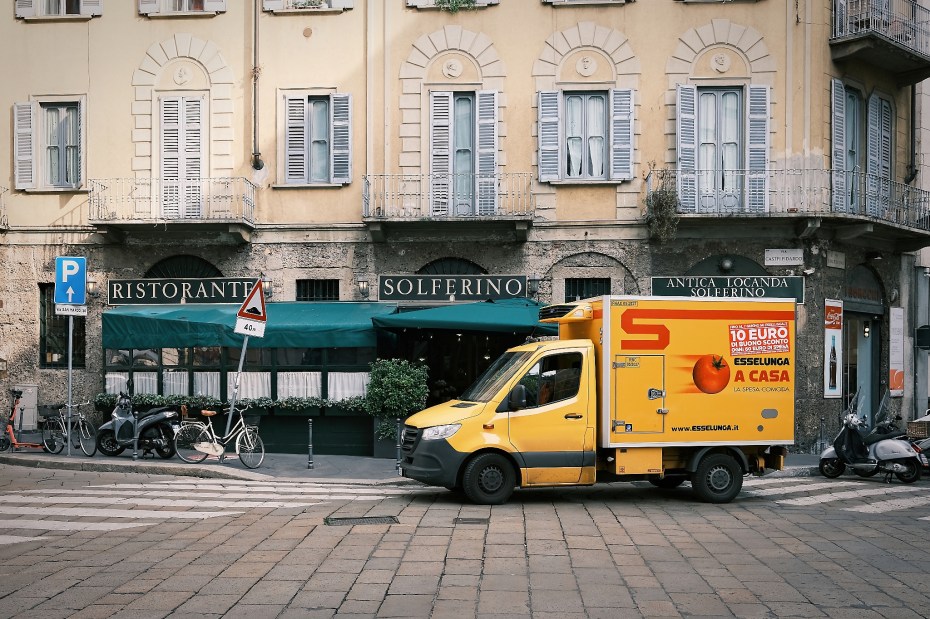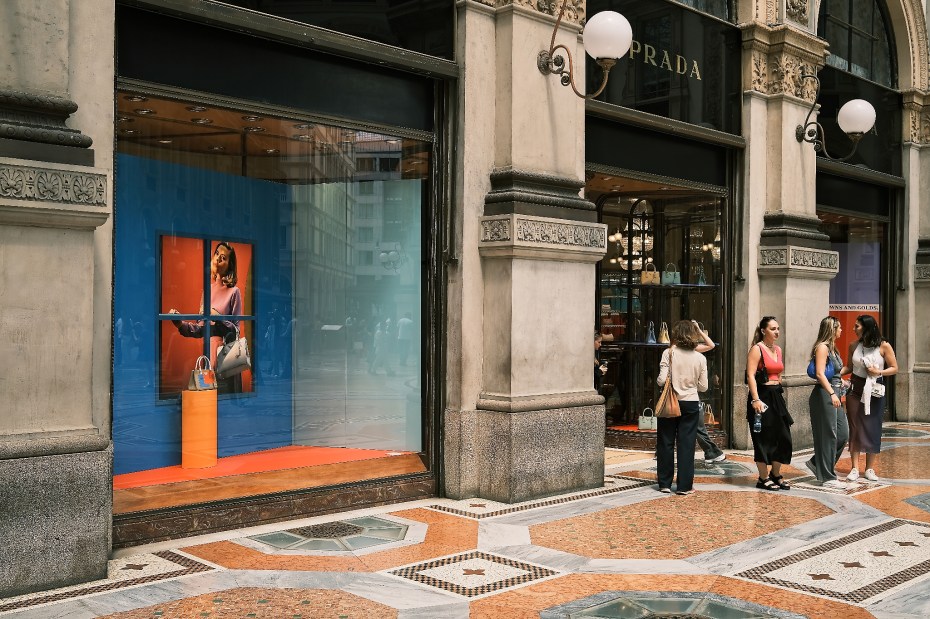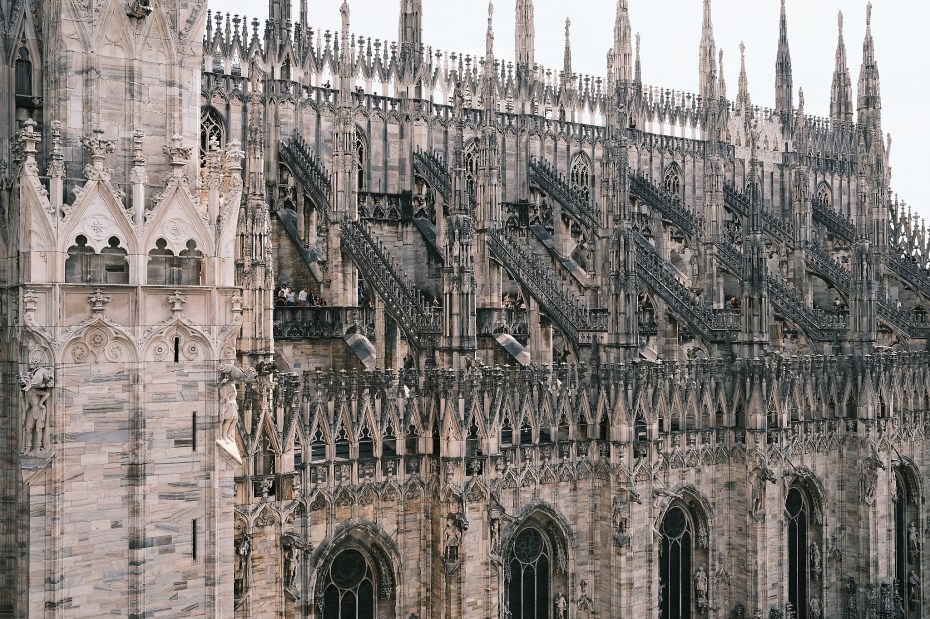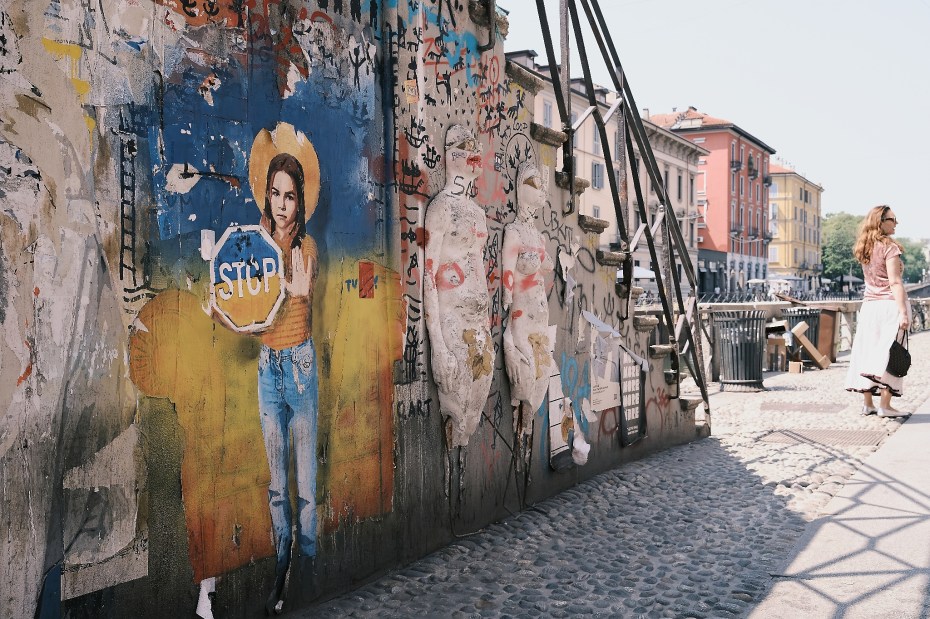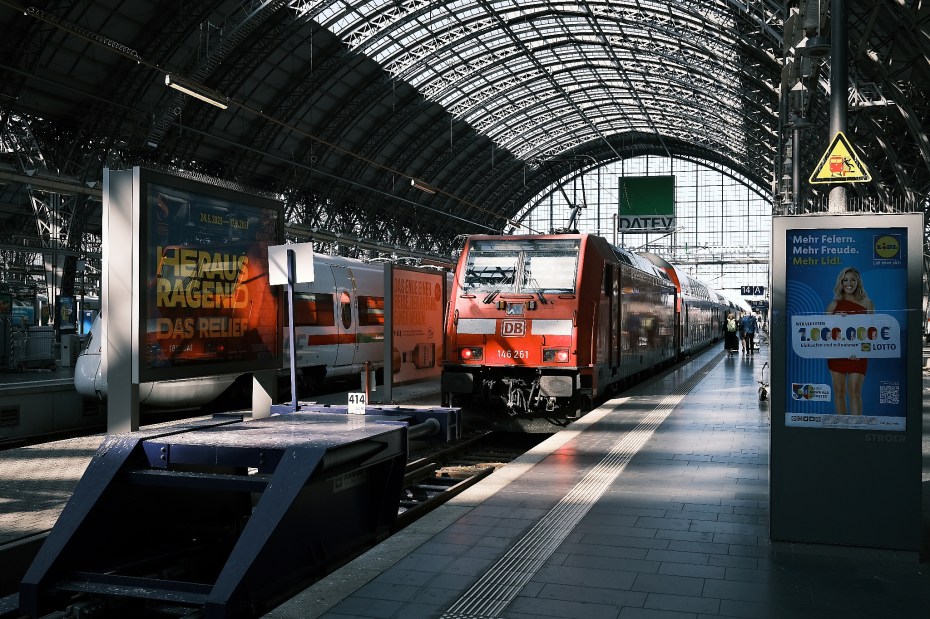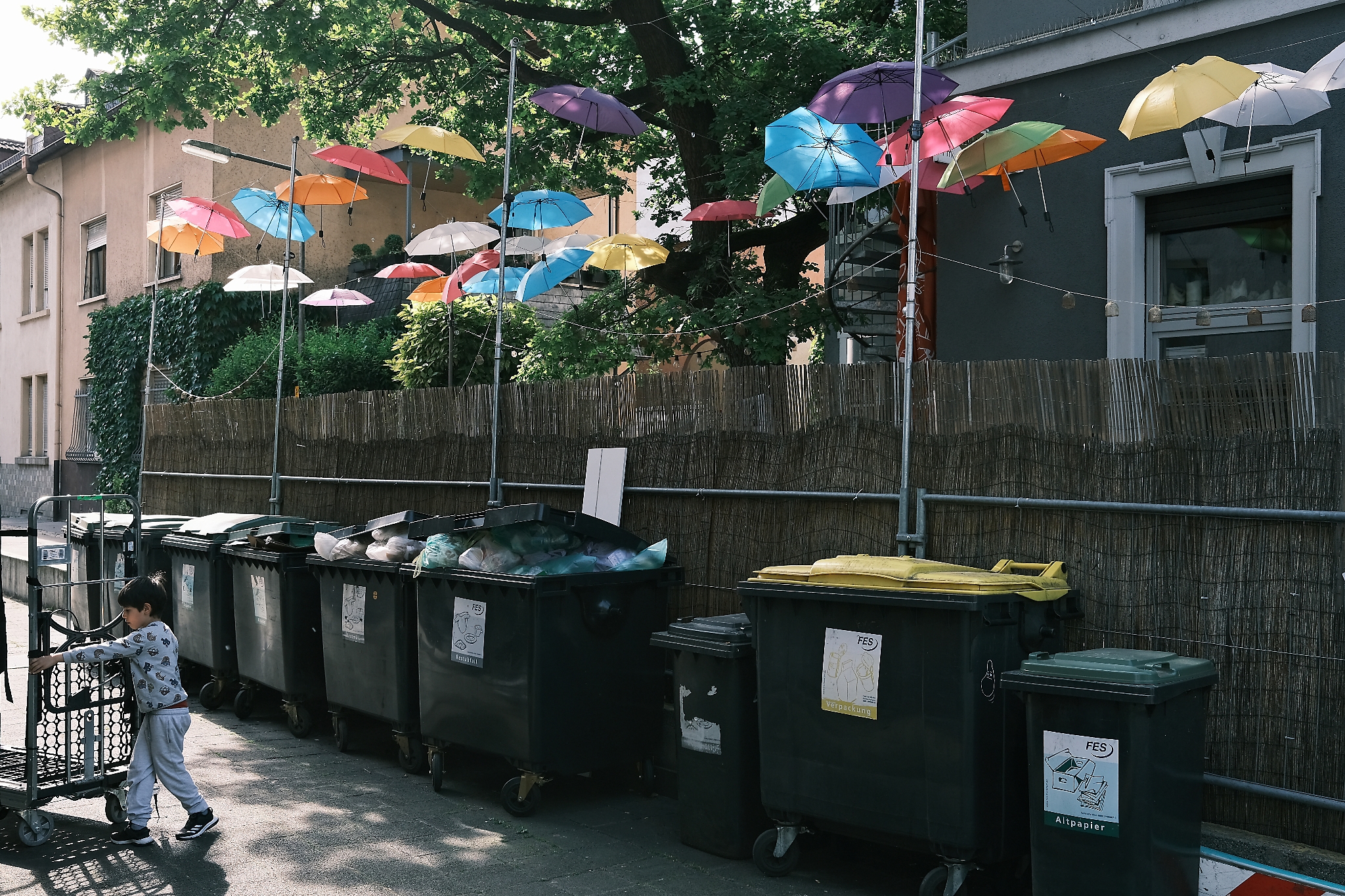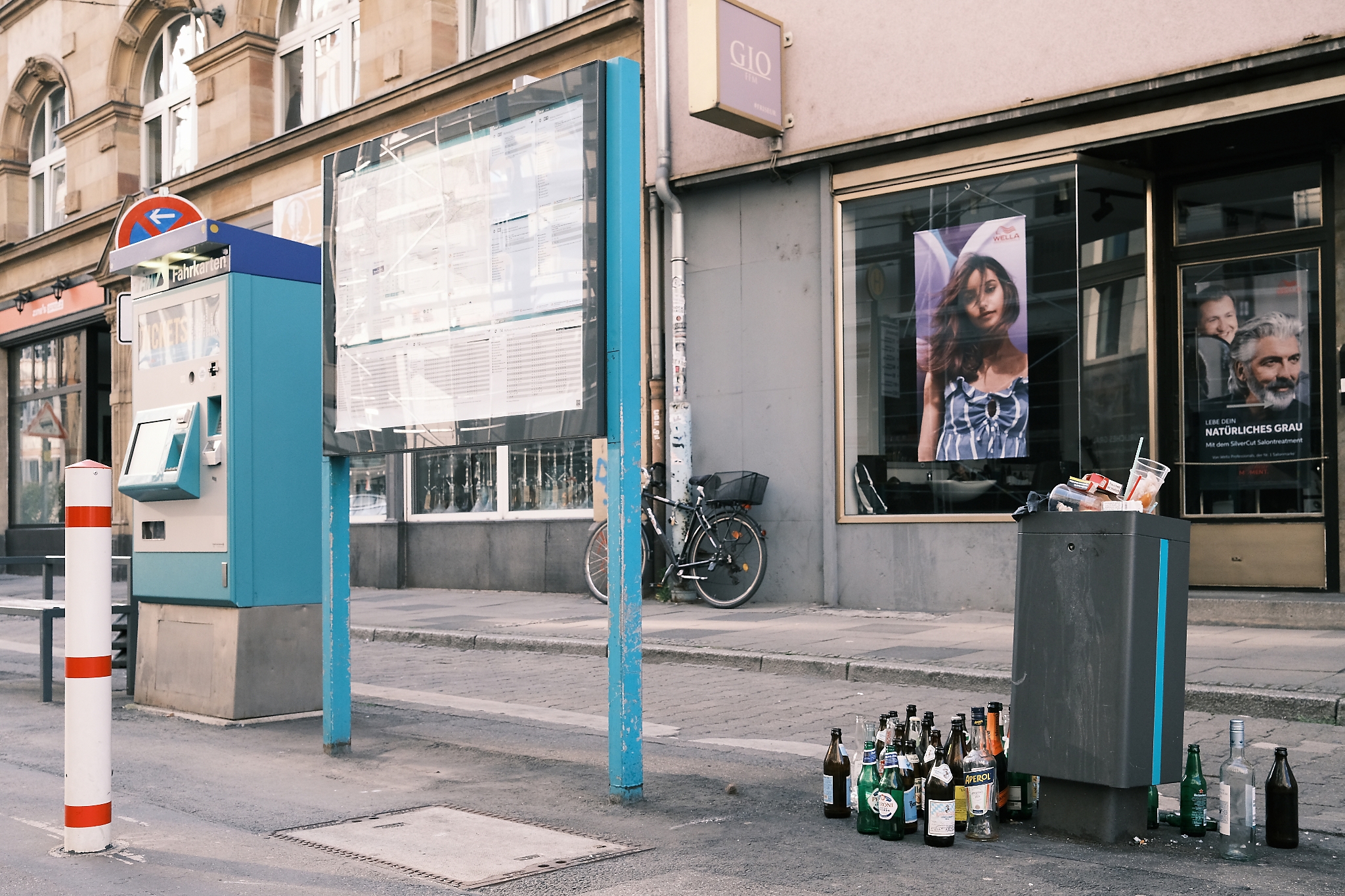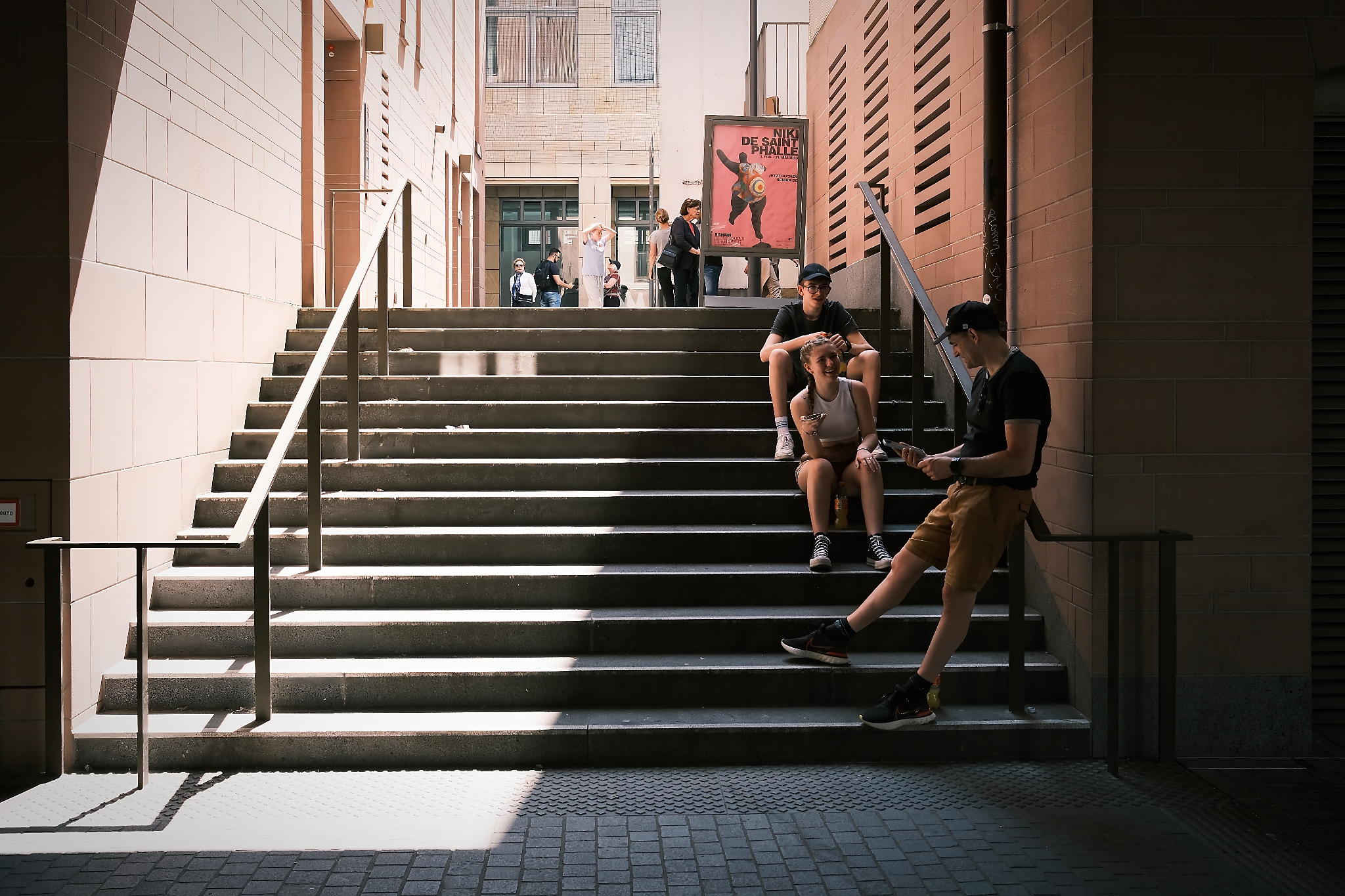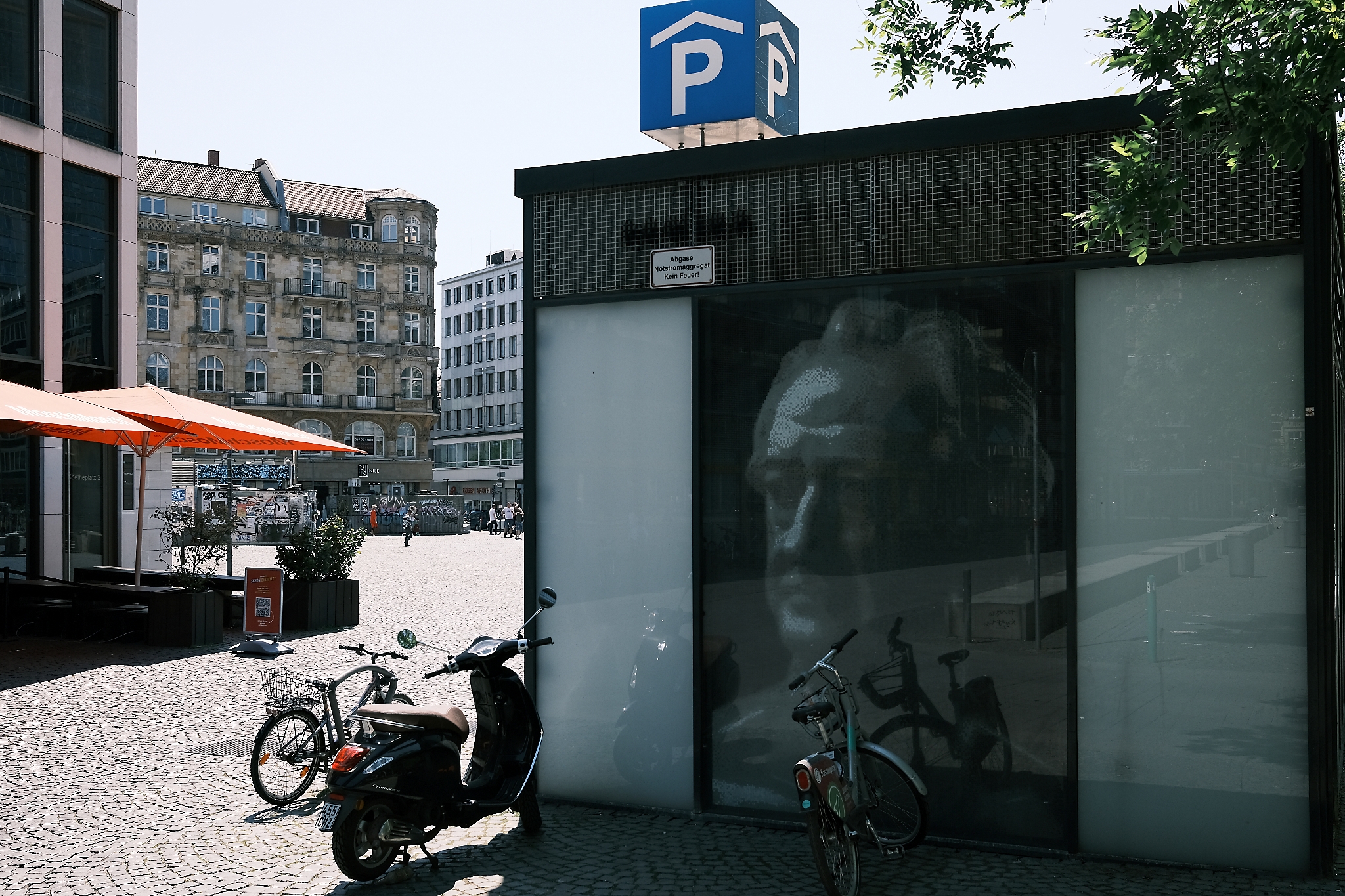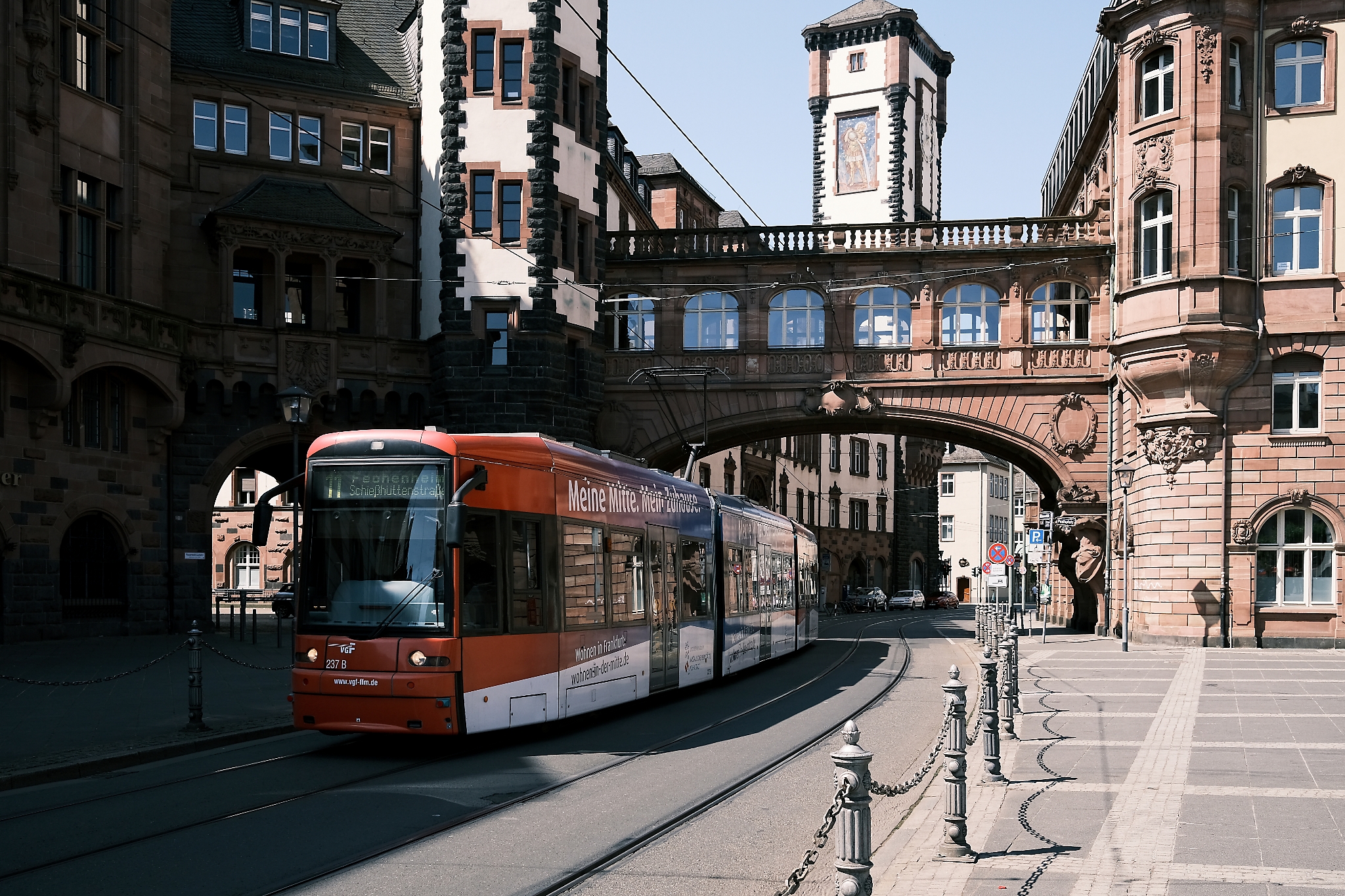A new exhibition in Tokyo of Saul Leiter’s work has 400 or so images on display, including rarely seen and never previously publicly seen photographs. Visitors are also allowed to take photographs in the galleries — unusual, but a welcome gesture.
Saul Leiter Origins in Color starts with Leiter’s early monochrome work from the 1940s through the 1960s. What struck me here was how some of his early street shots weren’t that good, the young artist still finding his visual voice. An adjoining room displays a collection of monochrome portraits of ‘icons’: painters, musicians and photographers Leiter knew. Here, Leiter’s growing visual vocabulary is evident in his framing and use of light. The focus moves on to his fashion photography and features magazine spreads from publications like Harpers Bazaar and Elle that show many examples of Leiter’s now masterful creative visual language. Next up are painterly color photos grouped with original paintings by the artist. I’ve always thought Leiter a far better photographer than painter, but it was his painter’s sensibility that informed the quality of his photographs. Around the corner, mounted film transparencies are laid out on light tables and a recreated approximation of Leiter’s living area features a continuous slide show of some of his more well-known images. One can perhaps imagine Leiter sitting back in his New York apartment, with friends maybe, viewing his photos. Behind this gallery is the show’s theatrical highlight, echoes of the living room projections, as visitors enter a large darkened space, flanked by multiple larger than life projections of hundreds of Leiter’s images, their scale and the frequency with which they change threatening to overwhelm the viewer but nevertheless impressive, showing Leiter’s photographic genius in magnified detail. Finally, one exits through the inevitable — Leiter themed — gift shop.
Saul Leiter Origins in Color — At Shibuya Hikarie, Tokyo, until Aug 23

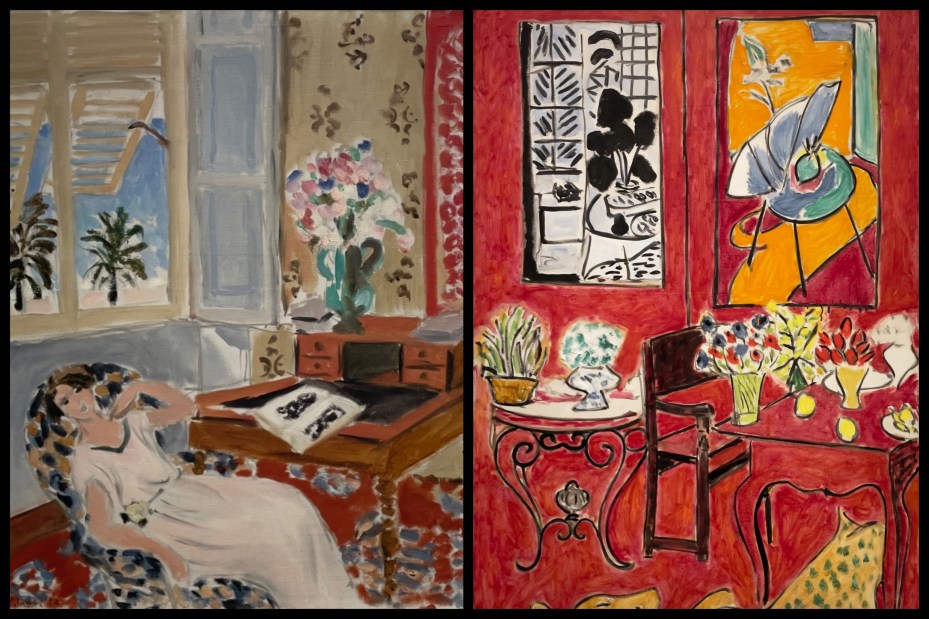
Meanwhile, across town, works from another master colorist are on display at the Tokyo Metropolitan Art Museum. Some 150 works from France’s Centre Pompidou comprise the retrospective exhibition Henri Matisse: The Path to Color. Photography is allowed in some areas.
Matisse was one of the great artists of his generation, his experimentation and innovative works helping to create and define 20th Century modernism. This exhibition is presented chronologically over three levels, from Matisse’s earliest oil paintings in the late 1800s to his iconic Jazz series of gouache paper cut-outs, abstract book cover designs, and the simple line drawings and stained glass art he created for the Chapel of the Rosary in Vence in the late 1940s. Progressing through a series of chapters of Matisse’s creative life, visitors can see his own progression from early pictorial works through the influences of Impressionism, Pointillism and Cubism on his technique and gradual abandonment of natural perspective and representation, as well as his increasingly adventurous use of color and development of Fauvism, to the pure abstraction and color blocks of his later works. Finally, here too, as part of the modern museum experience, visitors enter a comprehensively stocked and crowded gift shop before exiting to Ueno Park to digest the visual feast they were presented with.
Henri Matisse: The Path to Color — at the Tokyo Metropolitan Art Museum, Ueno, until Aug 20



